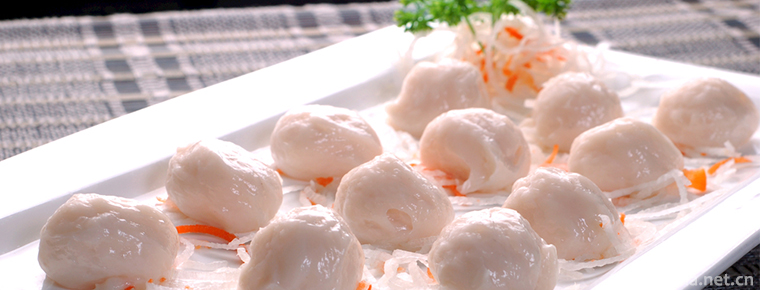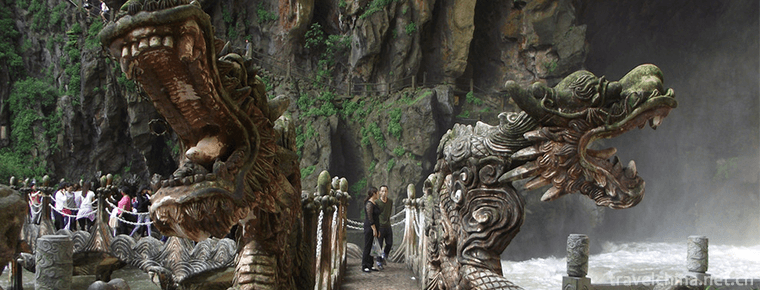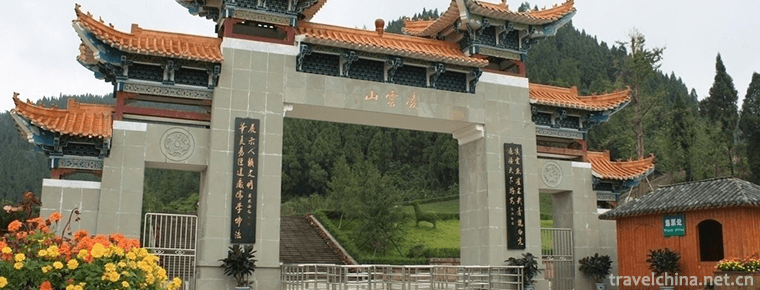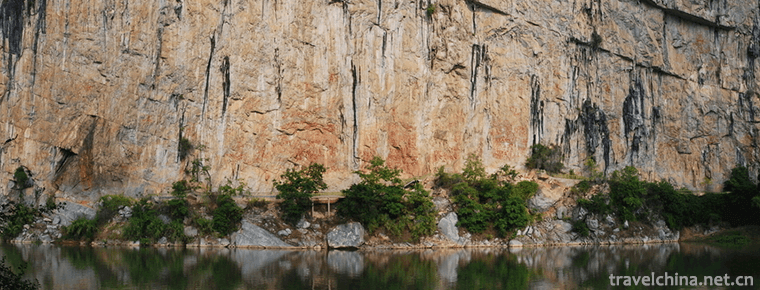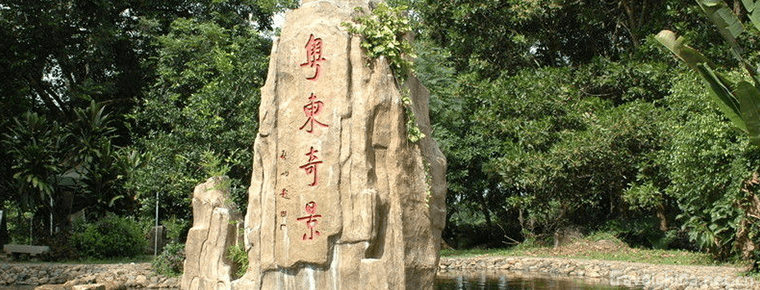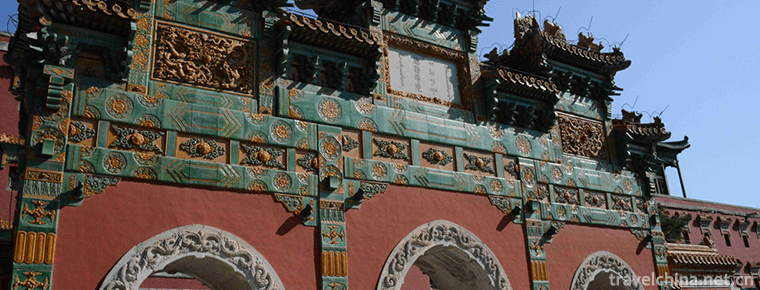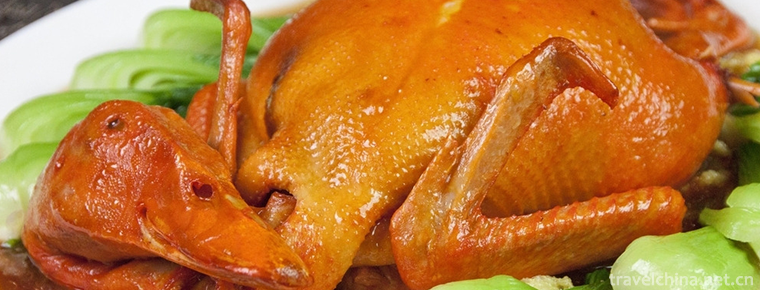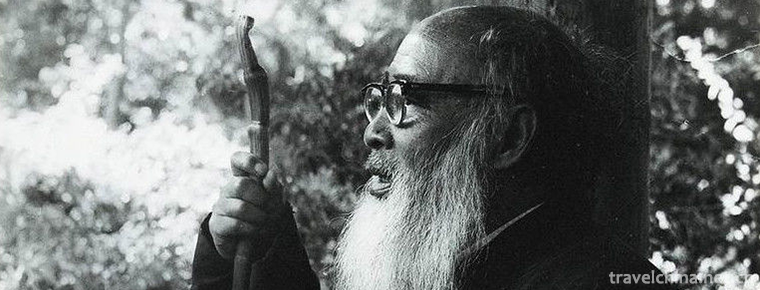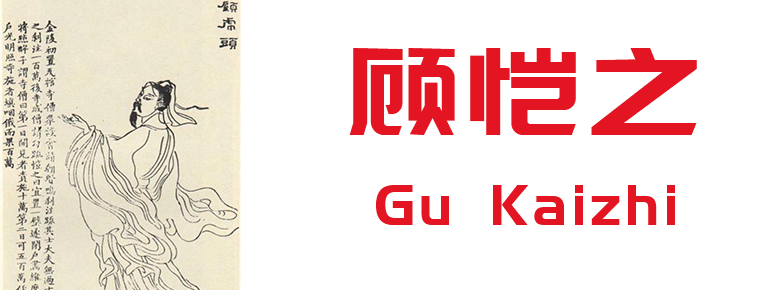Nanhai Temple
Nanhai Temple, also known as the Polo Temple, is a place where ancient Chinese laborers worship the sea. Located in Miaotou Village, Huangpu District, Guangzhou, it is the only architectural relic left in the four sea temples of ancient China, the place where ancient emperors worship sea gods, and an important historical site of ancient foreign trade in China (Guangzhou is the origin of the "Silk Road" on the sea). It was founded in the 14th year of Kaihuang in Sui Dynasty (594), and has a history of 1400 years. The building is large in scale, magnificent in momentum, delicate in decoration and ingenious in conception, which radiates the spirit, temperament and charm of Chinese traditional culture.
The South China Sea Temple is the only one of the four largest and most complete sea temples in China. It plays an important role in foreign trade and trade. It is also a historical witness and important historical relic of foreign trade and one of the birthplaces of the ancient maritime Silk Road. The ancient temple is located at the mouth of the Pearl River. When Chinese and foreign ships enter and leave Guangzhou, they are required to worship the South China Sea God in the temple to pray for safety and smooth sailing. Since the Sui and Tang Dynasties, emperors of all dynasties sent officials to Nanhai Temple to hold sacrifices, leaving many precious inscriptions, known as the "Southern Stele Forest".
Opening Hours
The opening time is 8:30-18:0 on March 7. During the temple fair, the business hours of Gourmet Square are 9:00-21:00.
Traffic information
Bus family
Take buses B1, B1 Express, B26, B 28, B 29, B 30, B 31 and night 41 to get off at Nanhai Temple Station. Walk about 300 meters along the West Road of the power plant to Nanhai Temple (Simon). Two temporary bus lines (Nanhai Temple to Nangang General Station and Nanhai Temple to Wenchong Metro Station) were added during the Folk Culture Festival.
Metro family
Take Metro Line 13 to Nanhai Temple Station.
Self driving
Tourists from Tianhe direction in Guangzhou can follow Zhongshan Avenue eastward along Huangpu East Road or Guangyuan Expressway eastward, exit from Fengle South, turn left from Fengle Middle Road to Huangpu East Road to Nanhai Temple.
Historical records
On the west side of the South China Sea Temple, there is a small hill called Zhangqiu in ancient times. There is a pavilion on the mountain about 10 meters high. In Tang and Song Dynasties, it was surrounded by water on three sides, "facing the sea, boundless". People standing in pavilions, of course, was the best place to enjoy the sea scenery and express their feelings about the sea.
According to the relevant historical records, there were 108 steps on this hill in ancient times, but now there are only 72 steps left. Here is the Lion Ocean, vast smoke, the night gradually recedes, the red clouds appear, 10000 hectares of Bibotton is dyed with a layer of golden light, a red sun from the sea Ran.
At the time of rising, half of them were still in the sea, swallowing and hesitating, which was a spectacular scene - Fuxu Bath Day, one of the eight sceneries of Yangcheng in the Song and Yuan Dynasties. No wonder there were many literati and ink travelers who liked to sail here at dusk after visiting the temple of the South China Sea. They did not boarded the ancient pavilion until dawn the next day to watch the sunrise.
In the early years of Shaosheng in the Northern Song Dynasty (1094), Su Dongpo, a great literary hero, was demoted to Lingnan and stopped in Guangzhou to worship the South China Sea God. He boarded the bathing sun Pavilion and marveled at the magnificence of the sea, the brilliance of the sun, the vastness of heaven and earth, and the simplicity of the temple. He wrote the poem "bathing sun Pavilion in the South China Sea" with his life experience: "Swords are flying in the night, and the brilliance vanishes into the Yellow Bay. Sit and watch? Golden halo in Gufu, think of the snow mountain in Qiantang Yongxue. Zhengjue desolate Su disease bone, more troubled wash fading face. Suddenly the bird moved the pedestrians and flew up to a thousand peaks between the emeralds.
Poetry is due to pavilion, Pavilion is also due to poem power. A good man carved the poems sung by Su Dongpo on the stone tablets as a souvenir. In the stele pavilion, the pavilion is also called the bathing sun pavilion. Later, more and more scholars came to enjoy the "Bath Day in the Sea" (because the temple was called the Polo Temple in ancient times, so it was also called the "Bath Day of the Polo"), and left many poems that corresponded with Su Dongpo. One of the most famous poems is Chen Xianzhang's Bath Day Pavilion and Su Dongpo Yun. The poem reads like this: "The crescent moon has no light water to shoot the sky, and the fishing boats count to the bay. Chiteng empty sky yesterday, where the vast green mountains. Gu Yingfu must be sad crane hair, negative can offer dragon Yan. Who can hold the sun and go, scatter into the mountains and valleys."
Later generations will also chisel Chen Xianzhang's poems and erect monuments. Now the two poetry tablets coexist in the pavilion.
Nanhai Temple is a historical old man who witnessed the origin of the Silk Road on the Sea in Guangzhou since the Western Han Dynasty. The Temple is indeed a microcosm of the prosperity of Guangzhou's foreign traffic and trade. It integrates religion, ancient architecture, calligraphy, sculpture, literature and art, and has high historical and tourist value.








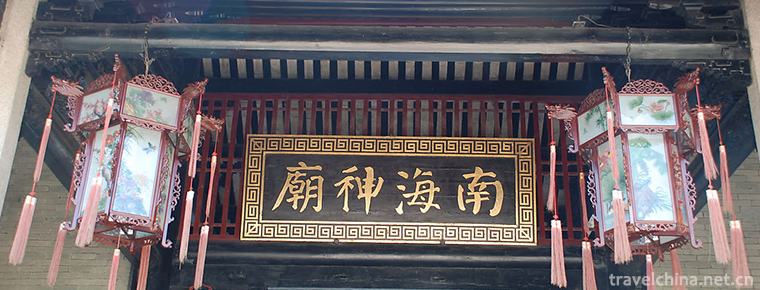
-
Fish Ball
Fish balls, also known as "fish wrapped meat", are mixed up with eel, shark or freshwater fish, mixed with sweet potato starch (* starch), and then wrapped.
Views: 236 Time 2018-11-02 -
Longgong Scenic Area of Anshun City
Located in the southern suburb of Anshun City, Longgong Palace is adjacent to Huangguoshu Scenic Area and 116 kilometers away from Guiyang City, the provincial capital..
Views: 128 Time 2018-12-12 -
Lingyun Mountain Scenic Area
Lingyun Mountain Scenic Spot is located in Gaoping District of Nanchong City, with an area of 20 square kilometers and a total investment of 300 million yuan. The scenic spot is dominated by Lingyun M.
Views: 191 Time 2018-12-26 -
Huashan pictographs
Huashan rock paintings are located in the Zuojiang River and its tributary Mingjiang River valley of Chongzuo City, Guangxi (covering Ningming County, Longzhou County, Jiangzhou District and Fusui Cou.
Views: 173 Time 2019-01-17 -
Green Island Tourist Villa
Green Island Tourist Villa is one of the eight new scenic spots in Chaozhou, the national demonstration sites of leisure agriculture and rural tourism, the base of science and technology.
Views: 104 Time 2019-02-06 -
Putuo Zong Cheng
Putuo Zongcheng Temple, located in the north of Chengde Summer Resort and south of Shizigou, Hebei Province, covers an area of 220,000 square meters.
Views: 154 Time 2019-02-07 -
Eight treasures duck
Babao duck is a characteristic traditional dish in Suzhou, which belongs to Shanghai cuisine and Su cuisine. But it is best cooked by the old restaurant in Shanghai, Town God's Temple.
Views: 202 Time 2019-03-27 -
Ping Ju Opera
Opera commentary is a kind of opera which is spread in the north of China. It is one of the most popular operas among the people and ranks among the five major Chinese operas. Some people once thought.
Views: 141 Time 2019-06-09 -
Zhongyuan Festival Chao Ren Yulan Winning Club
Chao Ren Yulan Sheng Hui is a traditional folk custom and folk belief activity. The fifteenth day of the seventh lunar month is commonly called "ghost festival" in Hong Kong. It is said that.
Views: 169 Time 2019-08-10 -
Southwest Minzu University
Make great efforts, and the years will be golden. Southwest University for Nationalities is located in Chengdu, a famous historical and cultural city with the reputation of "the kingdom of heaven.
Views: 241 Time 2019-08-31 -
Zhang Daqian
Zhang Daqian (Chang Dai-Chien, May 10, 1899 - April 2, 1983), formerly known as Zheng Quan, was renamed as yuan, Ji Yuan, Hao Da, alihao Dai Ju Shi, Xia Li Hong Kong people, Zhai Da Feng Tang. Sichuan.
Views: 292 Time 2019-09-04 -
Gu Kaizhi
Gu Kai Zhi (348 to 409 years), the word is long, the small character tiger. Han nationality , Jin Ling Wuxi people (now Wuxi, Jiangsu province). Outstanding painter, painting theorist and poet. Becaus.
Views: 170 Time 2019-09-07
